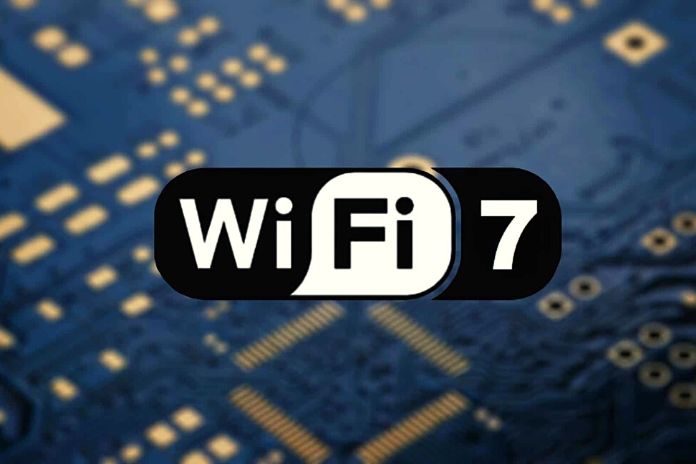Wi-Fi 7 Arrives In Homes: Here Is Qualcomm’s News For 2023

Wi-Fi 7 has already cleared customs, at least in name and intentions, mainly thanks to Qualcomm, who started talking about the technology at the beginning of the year and later with last month’s announcement of the Snapdragon 8 Gen 2 smartphone processor. The arrival of the first two router/modem chips, which we will then find in devices available for purchase as early as next year. Qualcomm defines these as Immersive Home Platforms, in the 3210 and 326 versions, the first of the highest range with up to 10 simultaneous streams and the second of a slightly lower spine with a maximum of 6 concurrent streams.
Wi-Fi 7 responds to people’s growing need to improve the network connection at home in every aspect: speed, coverage, and minimum latency. The new version of Wi-Fi aims to respond to all these needs. Wi-Fi 7 is the first to exploit three bands to work at its best natively. The configuration offered by Qualcomm in these chips is that of the tri-band at 2.4, 5, and 6 GHz, respectively, with 40, 240, and 320 MHz of bandwidth on each frequency. Based on national regulations, however, each manufacturer may decide to compose the bands differently, for example, using two 5 GHz bands.
The higher-end chip uses a 2+4+4 configuration, thus reaching ten maximum simultaneous streams and a speed of peak of 20 Gbps (Qualcomm then speaks of 4 Gbps expected real near the router). The other model adopts a 2+2+2 configuration for up to 6 streams and a peak speed of 10Gbps. With its Immersive Home Platform 3210, Qualcomm guarantees up to 9.6 times the capacity of Wi-Fi 5 and about three times compared to Wi-Fi 6E. The improvement in energy efficiency is 22% compared to Wi-Fi 6E, and the latency is 75% lower compared to the same version of Wi-Fi. The latter figure is extremely interesting for uses that require minimal latency, such as video games or VR and AR applications.
It is no coincidence that Qualcomm’s augmented reality platform already has Wi-Fi 7 support. Let’s go back to the most interesting aspect of the Wi-Fi 7 of these chips: the support for the multi-link mesh network. We have mentioned the possibility of using the three bands without distinction, but it is not the first time we have discussed tri-band routers. Until today, however, the third band was dedicated to the connection between the network mesh points, which is no longer binding.
A Wi-Fi 7 mesh network will use both channels at high speed(the one at 5 and 6 GHz) without distinction for the connection between the points or for the relationship with the devices, allowing to dynamically vary the data flow based on any interference or speed variations on a given channel. Both channels would be used for both purposes in a situation of stability and absence of interference. This guarantees a network capacity up to 3.5 times higher and a doubled speed increase at the same distance. Qualcomm has a simple graphical example showing doubling speeds at the same length and consequently increasing range for lower rates.
Finally, the Qualcomm Wi-Fi 7 chip is drastically smaller than previous generations, allowing manufacturers to build more compact routers and mesh accessories. Who are these manufacturers? Among the companies already working on creating Wi-Fi 7 routers with the Qualcomm chip, we find AWM (Fritz! Box), EnGenius, Linksys, Xiaomi, Nec, Netgear, Plume, and TP-Link. The first home devices with Wi-Fi 7 will arrive in the second quarter of 2023, while we remind you that the first smartphones will arrive as early as next month.






